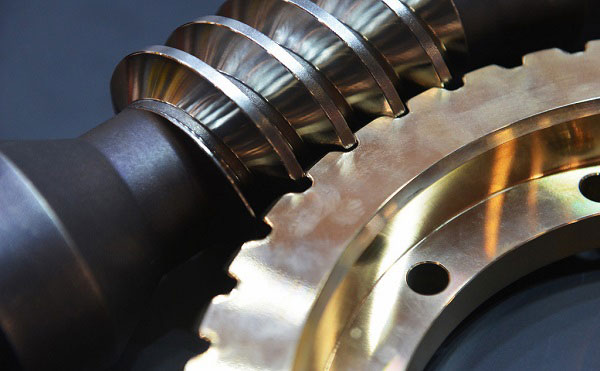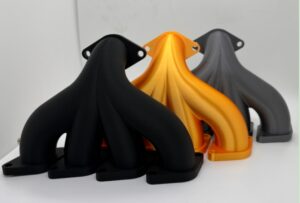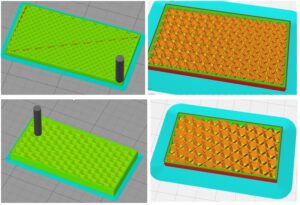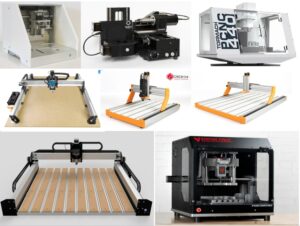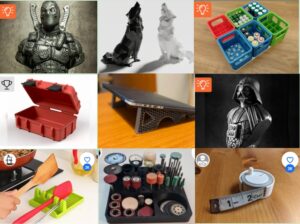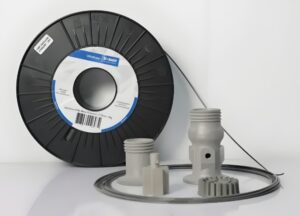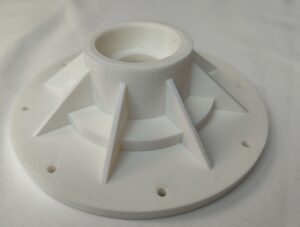The 3 Essential Methods for Gear Machining
Gear is a key element for many sectors, including automobiles, aerospace, and many industrial production centers. Professionals in these industries consider gears for the efficient transmission of power without or with minimal waste.

The Best 3 Methods for Gear Machining
What is Gear Machining?
Gear machining is a procedure in which the cutting and indexing of a blank workpiece adjust its structure into a gear format. The relative motion of a tool and a rotating or motioned workpiece determines the accuracy and effectiveness of gear machining. Explore all three world-class gear machining methods one by one.
From the above perspective, gear has become essential for many manufacturing sectors. As it works for many industrial applications, it is necessary to be gear machining robust and precise.
How well a gear would function would depend upon its machining methods. The guide post will talk about the topmost ways of gear machining, which are prevalent in improving gears’ life and effectiveness. Let us explore each one.
1. Gear Broaching
The biggest advantage to looking for gear broaching is that it is faster and more precise than any gear machining procedure. It enables manufacturers to convert a work piece into a full-fledged gear in one pass.
Besides, gear broaching utilizes a multi-teeth tool with an embedded cutter that goes in-depth and is efficient in the formation of smaller, incremental cuts.
Although this gear machining is very profitable, it has some limitations that make it less popular, such as a high tooling cost; however, proper tool configuration, high tensile strength, and versatility are only required for mass production.
But it is an awesome technique if we require precise and accurate tolerance-based internal spur and helical gear production.
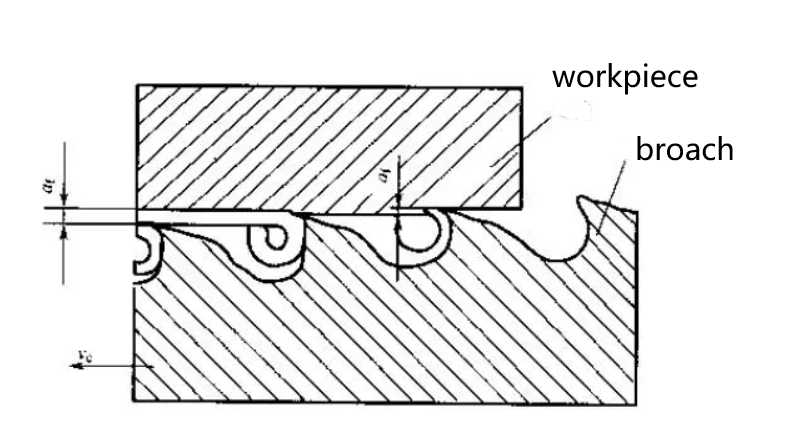
2. Gear Hobbing
Gear hobbing is a continuous cutting and indexing procedure in which both tool and workpiece rotate at a constant speed in a consistent relationship.
The hobbing tool can be of different types, consisting of spur and helix gears. It is in the form of worm wear or cylindrically shaped gear with conical-shaped teeth.
The cutter feeds directly into the work piece and goes in-depth until it reaches the width of the material. This process continues till it reaches the periphery of the work piece.
It is a very beneficial machining operation because it can form multiple gear teeth at a time, which depends on the density of its teeth.
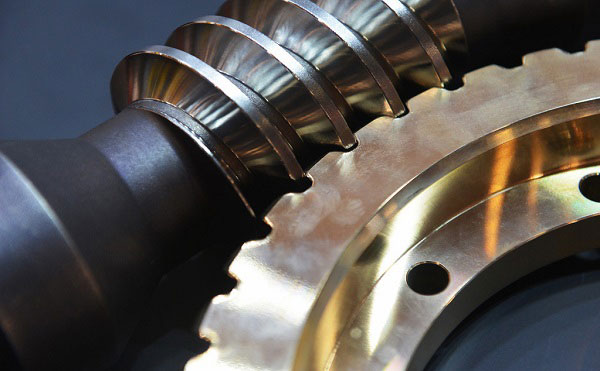
3. Gear Shaping
Gear shaping is an advanced gear machining and cutting procedure to manufacture a gear that is impossible to produce by hobbing.
The cutter shape in this gear machining operation is in the shape of a pinion, rack-shape, or single-point structure. To produce internal and cluster gears, the cutting tool may be a spur or helical gear.
The cutting tool moves in an axial direction while the work piece rotates; this causes indexing of the entire width of the work piece, which will continue until the periphery has full and uniform teeth. When the operation is finished, the entire machine comes to a halt, resulting in the work piece transforming into a gear.
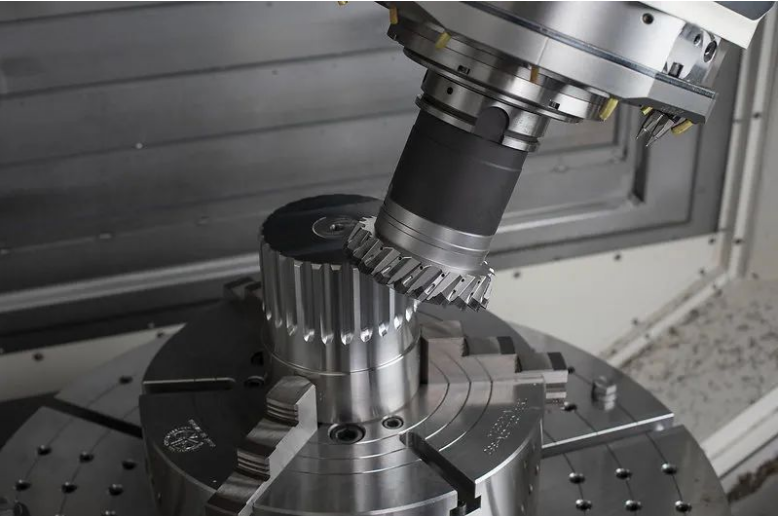
Other methods for making Gear
Additive manufacturing
Known as 3D Printing, due to Since 3D printing can print objects of any complex shape, adopting this technology to make gears can release more design constraints. In addition, low-cost and rapid manufacturing of gears is also a major advantage of 3D printing. Of course, this method is not suitable for workpieces with particularly high precision requirements. Order online 3D Printing Parts by clicking HERE.
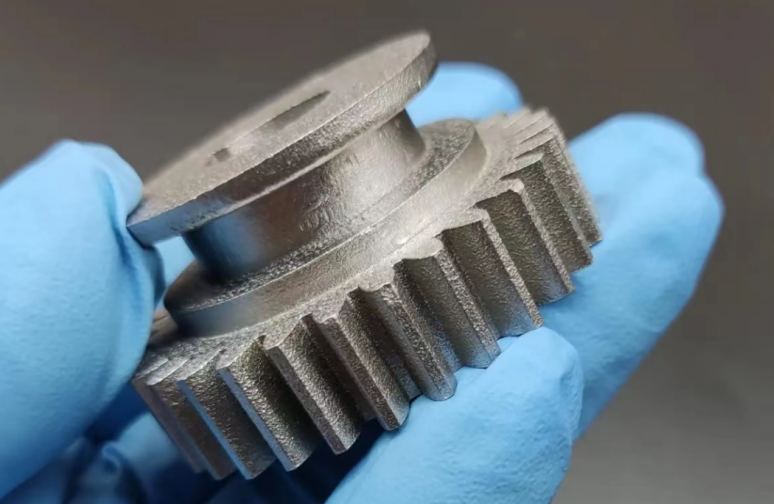
Powder Metallurgy
Powder metallurgy is known for its low-cost and rapid manufacturing of large quantities of gears, so this process is widely used in military, motorcycle, automobile, garden craft and other industries. But the disadvantage is that it is not suitable for manufacturing large-sized gears.
Casting
Famous for sand casting. The cost of this process is relatively low, and the strength is very good. But usually machining is required to improve its surface smoothness and precision.
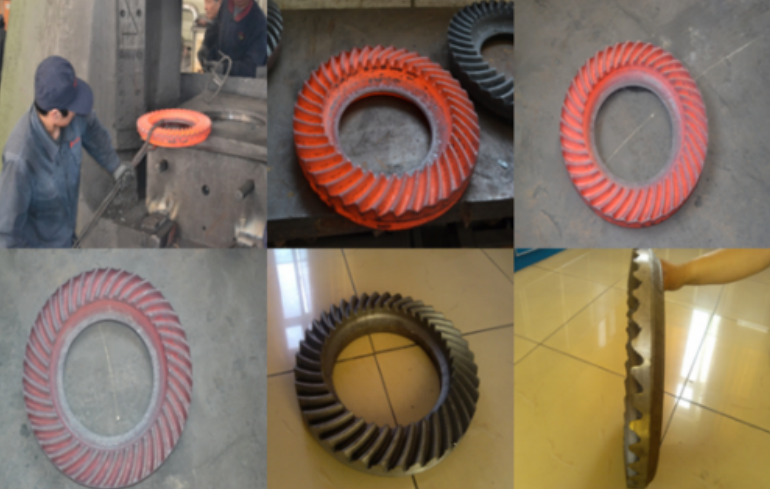
Conclusion
All of the above gear machining methods are used by top-tier manufacturers to create customized gears. Everyone is known for their specialties; some are precise, while others can be used for a variety of shapes. Thus, understand your requirements and choose which one suits you.

